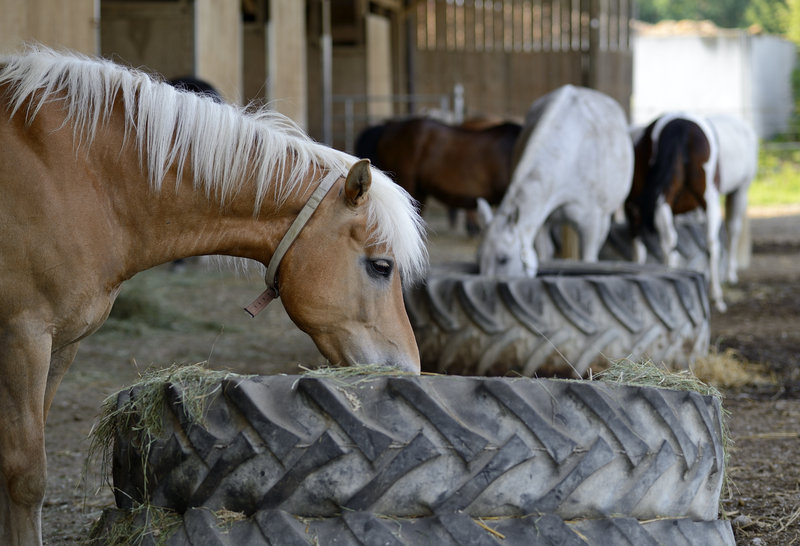As the world becomes increasingly conscious of the importance of sustainability, many homeowners are seeking innovative ways to create a more eco-friendly home. From simple adjustments to high-tech solutions, there are many approaches you can take to reduce your environmental footprint. In this comprehensive guide, we will explore various ideas and strategies that can help you transform your living space into a greener haven.
1. Energy-Efficient Lighting Solutions
One of the easiest and most effective ways to create a more eco-friendly home is to switch to energy-efficient lighting.
LED Lighting
- LED bulbs are known for their long lifespan and energy efficiency.
- They use up to 75% less energy compared to traditional incandescent bulbs.
- Choose LED lights with dimming options to further conserve energy.
Smart Lighting Systems
- Automating your lighting can lead to significant energy savings.
- Use motion sensors and timers to ensure lights are only on when needed.

2. Water Conservation Techniques
Water conservation is a critical component of an eco-friendly household. Below are some strategies to reduce water usage:
Low-Flow Fixtures
- Install low-flow showerheads and faucets to reduce water usage.
- Consider dual-flush toilets to minimize water wastage.
Greywater Recycling Systems
- Reuse water from sinks, showers, and laundry to irrigate your garden.
- Ensure proper filtration and treatment to maintain water quality.
3. Sustainable Building Materials
When renovating or building a new home, opt for sustainable materials that are not only durable but also environmentally friendly.
Bamboo Flooring
- Bamboo grows faster than traditional wood, making it a sustainable choice.
- It is durable, stylish, and can add a modern touch to any room.
Recycled Glass Countertops
- These countertops are made from post-consumer glass, reducing landfill waste.
- Available in various colors and designs, they add a unique look to kitchens and bathrooms.
4. Harnessing Solar Power
Solar power is a clean, renewable energy source that can significantly reduce your home's carbon footprint.
Rooftop Solar Panels
- A great way to generate your own electricity and reduce utility bills.
- Many regions offer incentives for installing solar panels.
Solar Water Heaters
- These systems use solar energy to heat water, reducing reliance on conventional water heaters.
5. Eco-Friendly Home Insulation
Insulation plays a crucial role in maintaining your home's temperature and reducing energy consumption.
Recycled Newspaper Insulation
- A sustainable alternative to fiberglass insulation that uses recycled materials.
Sheep's Wool Insulation
- Naturally non-toxic and biodegradable, offering excellent thermal performance.
6. Indoor Air Quality Improvements
A healthy home is an eco-friendly home. Enhancing indoor air quality can make your space healthier for inhabitants.
Houseplants
- Plants like spider plants and peace lilies can help purify indoor air.
- They absorb pollutants and release oxygen, creating a fresher environment.
Air Purifiers
- Invest in air purifiers that can effectively remove pollutants and allergens.
- Look for models that have energy-star ratings for efficiency.
7. Smart Home Technology
The integration of smart technology into your home can lead to efficient resource management and reduced energy consumption.
Smart Thermostats
- Thesedevices can help regulate your home's temperature based on your schedule and preferences.
- They often come with features like energy usage reports to optimize efficiency.
Advanced Energy Monitoring Systems
- Provide real-time insights into your energy usage across different devices.
- Help identify areas for improvement and potential savings.

8. Waste Reduction Practices
Lowering household waste is a key component of an eco-friendly lifestyle.
Composting
- Composting organic waste reduces landfill contributions and creates nutrient-rich soil.
- Set up an outdoor compost bin or use a kitchen counter composter.
Recycling and Upcycling
- Separate recyclables from general waste to ease the recycling process.
- Consider creative ways to upcycle old items into new, useful objects.
Conclusion
Incorporating innovative ideas for a greener, more environmentally conscious home is not only beneficial for the planet but can also enhance personal well-being and reduce living expenses. By adopting these practical strategies, such as improving energy efficiency, conserving water, and choosing sustainable materials, you can significantly reduce your home's environmental impact while creating a healthy and sustainable living space for yourself and future generations.